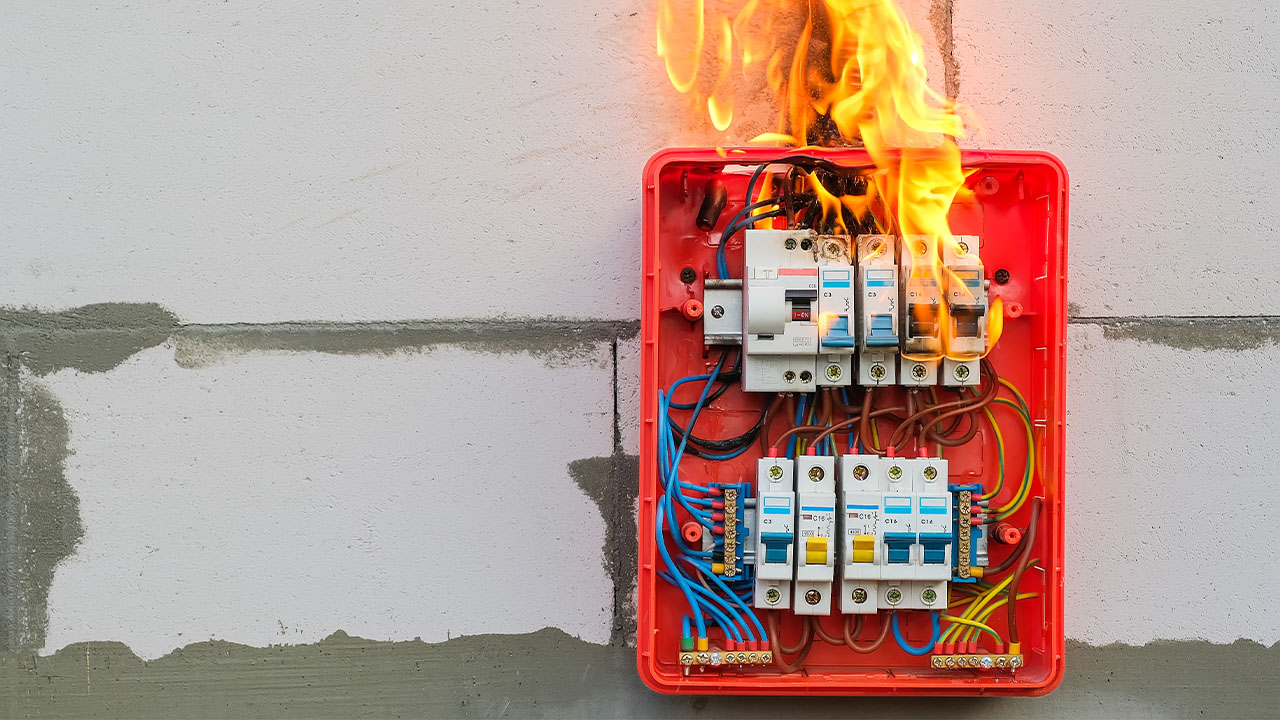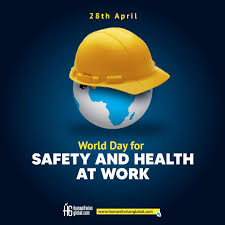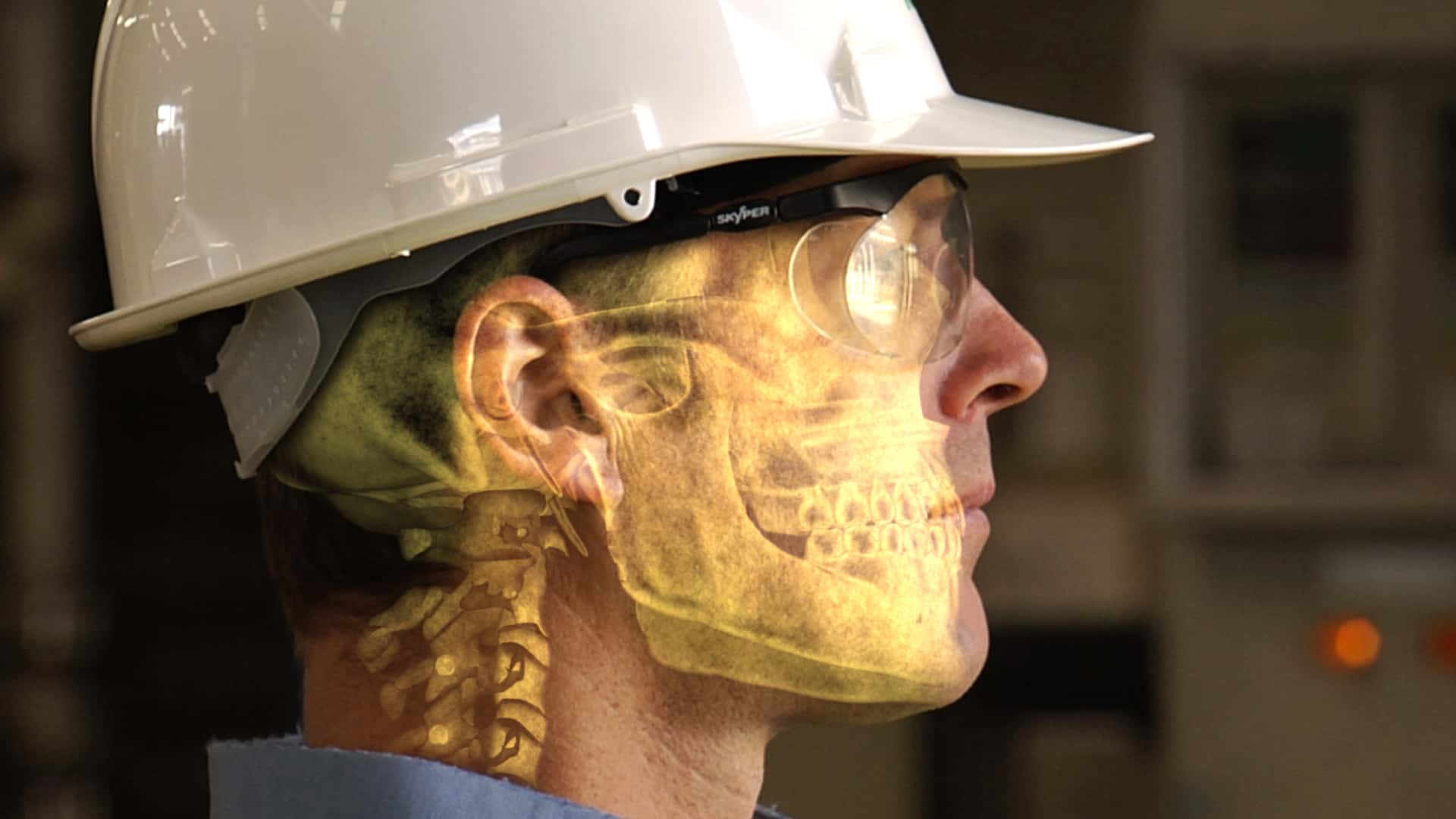Emergency Response Plans for Electric Shock Incidents. Electric shock incidents are serious emergencies that can lead to severe injuries, including burns, heart rhythm disturbances, muscle contractions, and even death. Proper emergency response to electric shock incidents can mitigate potential harm, prevent long-term injuries, and possibly save lives. This article outlines a comprehensive approach to emergency response plans for electric shock incidents, including the importance of planning, key response steps, and essential equipment.
1. Importance of Emergency Response Planning for Electric Shock
Electric shock incidents can happen in a variety of settings—homes, workplaces, construction sites, and industrial facilities. Electrical hazards are especially prevalent in environments with high-voltage equipment, wiring, and appliances. Without a clear emergency response plan, the victim’s recovery and safety may be compromised, and rescuers themselves may be at risk. Planning for these events in advance ensures that all involved parties know what actions to take, can access essential equipment quickly, and understand the risks.
Proper planning includes:
- Training: Training responders on handling electrical shock incidents.
- Equipment Readiness: Ensuring equipment is functional and easily accessible.
- Practice and Drills: Regularly conducting emergency drills to maintain responder skills.
2. Steps in Emergency Response for Electric Shock Incidents
Effective response to electric shock involves a series of clear steps to ensure safety for both the victim and the responder. Here is a step-by-step guide to follow:
Step 1: Ensure Personal Safety and Scene Safety
- Assess the Scene: The rescuer should assess the area for any remaining electrical hazards. Confirm whether the victim is still in contact with a live current or if the source of electricity has been disconnected.
- Turn Off Power Source: If safe, turn off the power source immediately. Use insulated tools to disconnect the power or shut down the circuit breaker.
- Avoid Direct Contact: Do not touch the victim directly if they are still connected to a power source. Use an object that is non-conductive, such as a wooden pole or dry cloth, to separate the victim from the source.
Step 2: Call Emergency Services
- Contact emergency services by dialing the local emergency number (911 in the U.S., 112 in Europe, etc.) and report the situation. Describe the incident briefly and specify that it involves electric shock.
- Remain calm and stay on the line with emergency responders until help arrives.
Step 3: Administer Immediate First Aid
- Check for Responsiveness: Once the victim is safely away from the electrical source, assess if they are conscious and responsive. If they are unresponsive, begin first aid immediately.
- Perform CPR if Necessary: If the victim is not breathing or has no pulse, start CPR (cardiopulmonary resuscitation). Apply chest compressions at a rate of 100-120 compressions per minute, and provide rescue breaths if trained to do so.
- Address Burns and Wounds: Electric shocks can cause entry and exit wounds where the current entered and exited the body. Cover these burns with a sterile, non-adhesive dressing. Do not apply ice, ointments, or lotions to burns, as they may cause further damage.
Step 4: Prevent Secondary Complications
- Position the Victim Carefully: If the victim is conscious, help them lie down in a comfortable position to avoid further strain on the heart.
- Monitor Vital Signs: Keep track of the victim’s breathing and pulse until medical help arrives. Note any symptoms such as confusion, weakness, dizziness, or pain.
- Provide Reassurance: Comfort the victim, letting them know help is on the way. Shock and anxiety are common in electric shock incidents, and keeping the victim calm can prevent additional injury.
3. Essential Equipment for Responding to Electric Shock
Preparedness includes having the right tools and equipment to handle electric shock emergencies effectively. Below are some key items that should be part of every emergency response kit:
- Insulated Gloves and Tools: For safely handling electrical equipment or disconnecting a power source.
- First Aid Kit: A comprehensive first aid kit that includes burn dressings, bandages, and disinfectant for treating burns and minor injuries.
- Automated External Defibrillator (AED): Electric shocks can disrupt the heart’s rhythm, potentially causing arrhythmias or cardiac arrest. An AED can be used to restore normal heart rhythm.
- Non-conductive Rescue Pole: This pole, often made from fiberglass, can be used to safely move the victim away from the live source without risking the rescuer’s safety.
- Fire Extinguisher: In some electric shock incidents, an electrical fire can occur. Having an appropriate fire extinguisher (Class C for electrical fires) on hand is essential.
4. Workplace Protocols and Training for Electric Shock
In workplaces with significant electrical hazards, formalized response protocols should be part of the health and safety plan. Key measures include:
- Routine Electrical Inspections: Regularly inspecting wiring, machinery, and other equipment reduces the risk of electrical accidents.
- Employee Training: Staff members, especially those working directly with electricity, should receive regular training in electric shock response, CPR, and AED usage.
- Clear Safety Signage: Mark high-voltage areas with visible signs and warnings. Also, ensure that emergency response procedures are displayed in high-risk areas.
5. Special Considerations for Different Settings
At Home
- Childproof Electrical Outlets: Install covers to prevent children from inserting objects into outlets.
- Check for Faulty Appliances: Regularly inspect household appliances for signs of wear or damage. Replace frayed cords and broken outlets.
- Have Emergency Contacts Available: Post the emergency number and poison control number near phones in case of incidents.
Public and Outdoor Spaces
- Maintain Equipment: Ensure that electrical devices used outdoors, such as lights and generators, are weatherproof and properly grounded.
- Distance from Power Lines: Do not set up equipment or ladders near overhead power lines. Mark high-voltage areas with barriers or warning signs.
Industrial and Construction Sites
- Ground Fault Circuit Interrupters (GFCIs): Use GFCIs to reduce the risk of electric shock in high-risk environments.
- Wear Appropriate Personal Protective Equipment (PPE): This includes insulated gloves, safety boots, and protective eyewear.
- Use “Lockout/Tagout” Procedures: Ensure equipment is de-energized and locked out before servicing.
6. Post-Incident Procedures and Documentation
After an electric shock incident, follow-up steps are crucial for legal, medical, and safety compliance:
- Medical Evaluation: Even if the victim appears to recover quickly, a medical evaluation is essential. Electric shocks can lead to delayed complications like nerve damage or internal injuries.
- https://ohsmagazine.com/ohs-magazine/Incident Documentation: Record all details of the incident, including the time, location, nature of injuries, and actions taken. This documentation is crucial for future safety planning and may be required by regulatory agencies.
- Review and Improve Emergency Plans: Conduct a post-incident review to identify any shortcomings in the emergency response. Update training materials, equipment, and procedures as needed. Emergency Response Plans for Electric Shock Incidents.
Conclusion
Emergency response plans for electric shock incidents are essential for ensuring swift, safe, and effective action during an electrical accident. By having a clear plan, the right equipment, and well-trained responders, organizations and individuals can greatly reduce the risks associated with electric shock incidents. Whether in homes, public spaces, or high-risk workplaces, proper planning, equipment, and response protocols play a critical role in mitigating the potentially life-threatening impacts of electric shock.







